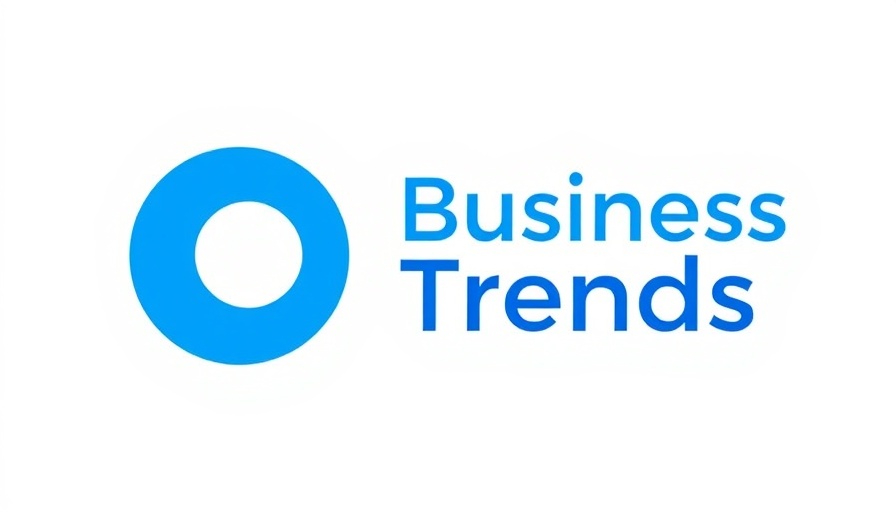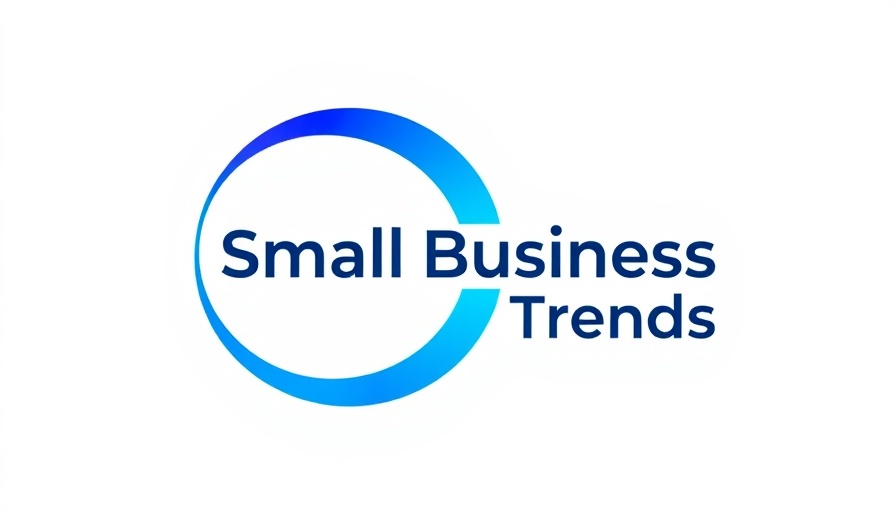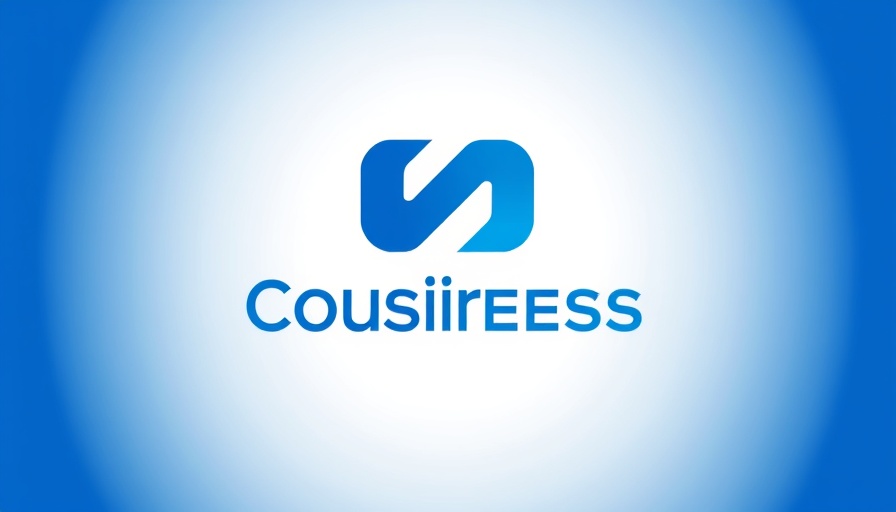
Exploring TikTok Influencer Marketing: A Primer for Small Businesses
As social media continues to transform marketing strategies, TikTok has emerged as a powerhouse platform, particularly for influencer marketing. This vibrant app boasts over 1 billion active users globally, with a significant portion of these users engaging with influencer content. If you manage a small business, getting started with TikTok influencer marketing could be the key to unlocking new avenues for growth and connection.
Why TikTok Influencer Marketing Matters
Engaging with TikTok influencers can significantly boost brand visibility and foster authentic connections with your target audience. Unlike traditional marketing approaches where brands broadcast their messages, influencer marketing revolves around relationships. Audiences trust authentic voices, and collaborating with influencers can offer a genuine endorsement that resonates with users. As Phyllo points out, TikTok influencer campaigns provide immediate visibility and engagement to brands that may struggle to capture attention on their own.
How to Find the Right Influencers
Identifying the right influencers is crucial for the success of your TikTok campaign. Start by defining your brand's niche and leveraging TikTok's search capabilities. Look for influencers whose content aligns with your values and whose audience matches your target demographic. Tools like Upfluence and Collabstr can help streamline this process by connecting you with influencers tailored to your campaign needs.
Types of TikTok Influencer Campaigns to Consider
When embarking on influencer partnerships, consider diverse formats such as product placements and hashtag challenges. For instance, product placements allow influencers to seamlessly integrate your products into their content, while hashtag challenges encourage user participation, driving even greater engagement. Both strategies not only enhance brand visibility but also tap into TikTok's viral culture, making your campaign more likely to succeed.
Measuring Success: Engagement and Sales
Once your campaign is underway, tracking performance is essential. Metrics such as engagement rates and conversions can help assess the effectiveness of your influencer marketing strategy. According to Sprout Social, companies using influencer campaigns can witness a notable uptick in brand reach and audience interaction, ultimately leading to increased sales.
In conclusion, integrating TikTok influencer marketing into your overall strategy can translate into tangible benefits for small businesses. By harnessing the unique engagement of influencers, your brand can build trust, connect authentically with audiences, and see a growth surge. As you explore this creative marketing avenue, remember to keep the focus on genuine partnerships that resonate with both the influencer and their audience, ensuring the best possible outcomes.



Write A Comment